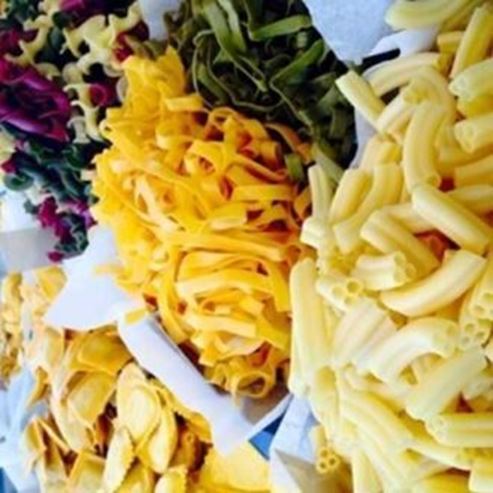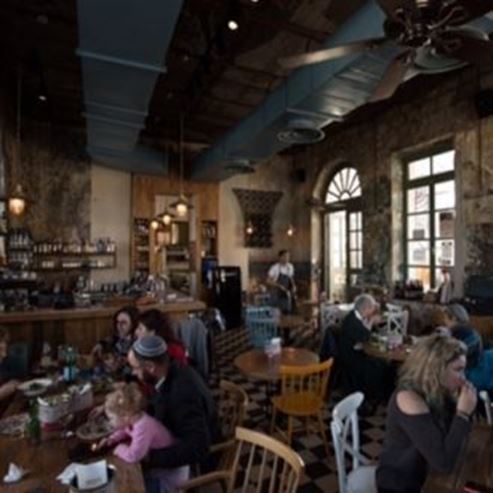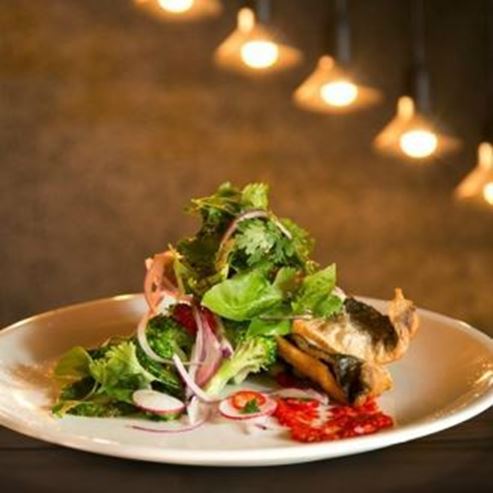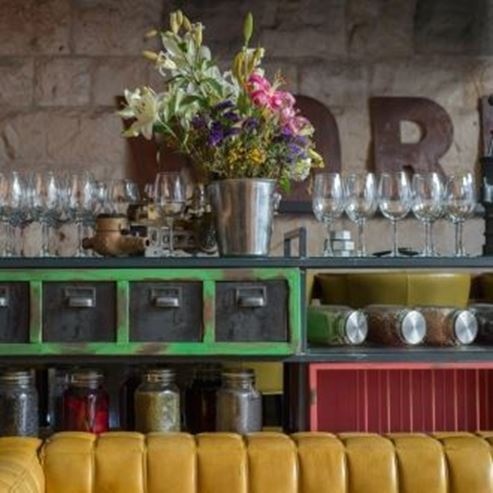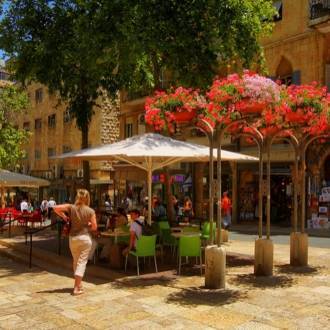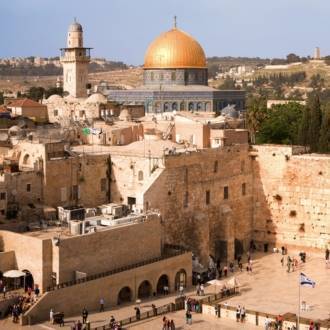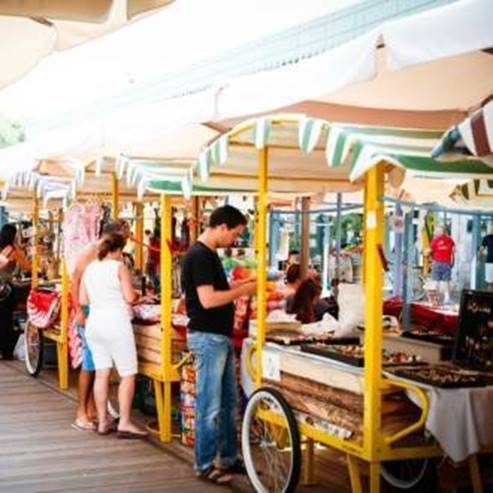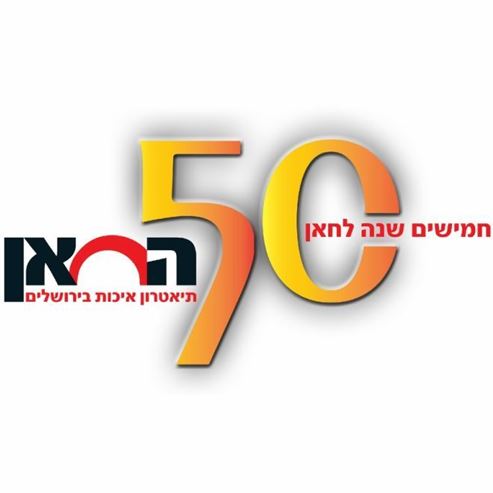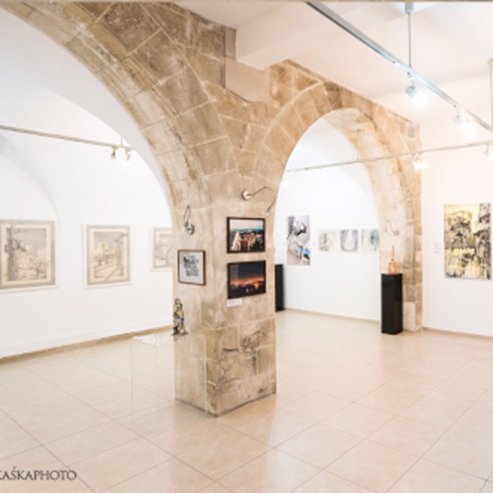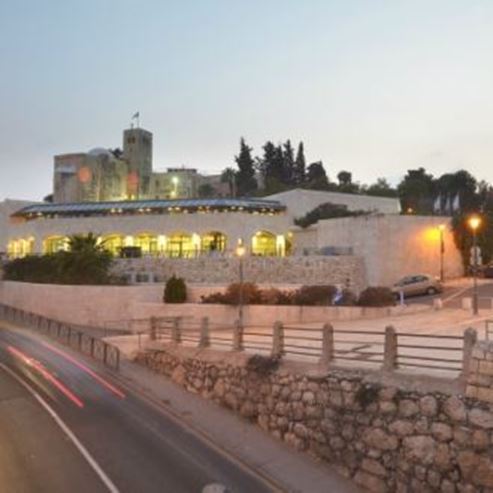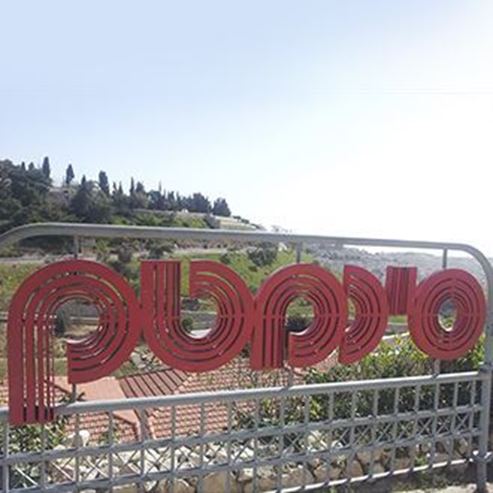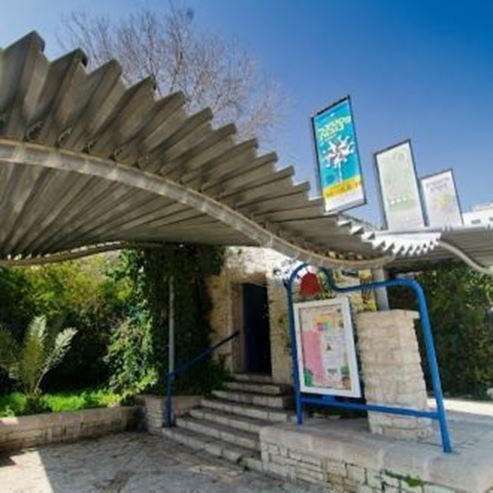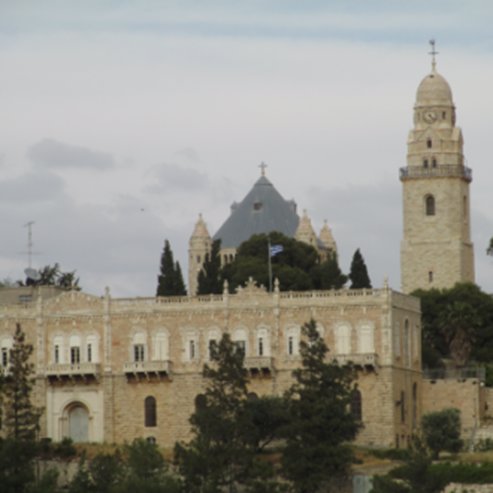A tour of the new city of Jerusalem
远足
You can reach the beginning of the trail by public transport or by private car and park in the area of ""Gan HaPa'amon.""The trip lasts about 5 to 6 hours; the entire tour is on foot.
The trail starts at the first station compound - Remez Street. This is a compound that commemorates the first railway station to Jerusalem since 1892. History can be traced back to the site that was saved after the struggle of the Council for the Preservation of Heritage Sites and was restored. You can also see parts of the tracks and pictures from the past of when the station was operating as a train station. Today it is a center that serves cultural, culinary and entertainment activities for tourists, travelers, and residents of Jerusalem.
From the main gate of the station you will cross the road and walk left on Remez Street, a few steps to the right, and you'll see some stairs and a sign that relates to the Biblical Hill and the urban nature of Jerusalem. It is recommended to climb this hill to see the bloom, in winter and spring and the observation point over Gehenna, Har Zion, and the Old City. The hill is located on the main water line to Jerusalem - meaning that from it the descending rain will drain eastwards to the Gehenna and the Kidron Valley towards the Dead Sea and part of it will drain towards Nahal Refa'im, Sorek, and the Mediterranean Sea. You will return to Remez Street, and after a few steps, you will stop at the entrance to the Khan Theater. If it's open, it is recommended to take a peek inside.
The building was apparently connected to the silk industry the Greek Orthodox tried to create in Jerusalem at the end of the 19th century, possibly warehouses connected to the train. After the establishment of the state, it was a carpentry workshop. In the days of Teddy Kollek, the former mayor of Jerusalem, the subject of culture developed greatly, and he had a vision. Teddy Kollek called the area ""a kilometer of culture,"" and the Khan Theater was part of this vision.
You will continue walking about another minute until reaching an intersection, here you will turn right and immediately climb up to a building from the time of the British Mandate, the Scottish church compound where there are an entrance and lobby with an amazing combination of Armenian tiles and a Scottish church dedicated to a St. Andreus. In the yard is a beautiful garden, a small part of which has been dedicated to the burial of dogs. Today it serves as a guest house.
You will descend back, exit the compound and go to the right to a site open to the public, known as ""Ketef Hinnom,"" from which a beautiful view to the east bears the remains of a Byzantine church that was on the pilgrims' path from Jaffa Gate to Bethlehem. The path on the site leads to the remains of tombs from the end of the First Temple period, which have a special architecture and contained a wealth of finds from the First Temple period (explanation found on site).
Those interested can go back and take a few steps and visit the Menachem Begin Heritage Center (a paid site). At the end of this street is the B'nai B'rith Bridge to cross the road towards the Jerusalem Cinematheque, and beneath it is a statue by the sculptor Yigal Tumarkin, whom he called ""the Peace Monument."" From here you can enter Bloomfield Park to the statue of the ""Lion's Fountain."" This fountain was designed by a German artist named Granot Rumpf and presented as a gift to the city in 1989. Then you can cross the street to the Bell Garden, which was inaugurated on the 200th anniversary of the independence of the United States, and in the center, there is a bell that is a replica of the famous Liberty Bell in Philadelphia. There are a lot of attractions there for the whole family.
You'll leave the park and cross the street again to King David St., next to the intersection and Plumer Square and into the Mishkenot Sha'ananim and Yemin Moshe neighborhoods. You will begin a tour of Mishkenot Sha'ananim, a neighborhood established by Sir Moshe Montefiore in the middle of the 19th century for the benefit of Jews who left the Old City for a better life. This is the first neighborhood built outside the walls of the Old City, in which you can see the preserved flour mill, the reconstruction of Montefiore's chariot, the residents' homes, and the wall that he built around the neighborhood for protection.
Another picturesque neighborhood in memory of Moshe Montefiore, ""Yemin Moshe"" was built in the 1890s and it is highly recommended to stroll around for your enjoyment. Below these neighborhoods you can see a huge water pool that is probably based in the time of the Second Temple and has been renovated throughout history. This is the ""Sultan's Pool,"" which in the summer serves as a stage for various cultural performances.
You will complete the tour of the neighborhoods on King David Street and continue along it. You will pass two of the most beautiful structures built during the period of the British Mandate in Palestine: on the right - the King David Hotel which was owned by Jews and connected to the events of Israel's Independence. Opposite, the YMCA building, which can be accessed, to explore the lobby and the exterior - this is a fascinating architectural tour. You can also climb the bell tower for the view (the tower is paid).
Later, you will reach the intersection of King David/Moshe Hess streets. A few steps after the junction you turn left to a spectacular Moroccan-style garden, part of the preservation of the complex of the second neighborhood built outside the walls by Jews from Morocco, the ""Mahane Israel"" neighborhood (there is a paid museum therein that requires booking in advance).
You will continue on King David Street until it meets Agron Street, cross the road and walk left along Agron Street. In front of you is the ""Waldorf Astoria"" hotel built on the building of the Palace Hotel which was owned by Arabs and was built during British rule. You will continue a little further to the entrance to Independence Park (Mamilla Park). You will cross the park, on the right are the remains of a large water pool, probably from the time of the Second Temple and adjacent to it, a Muslim cemetery. At the end of the park, you will be connected to Nahalat Shiva, the third neighborhood built outside the walls. This neighborhood is located next to Jaffa Street and is part of the beating heart of the city. It has restaurants, bars, cafés, shops, and interesting museums. This area is recreation for a few hours in itself.
The edge of the neighborhood borders Jaffa Street.
Return to the vehicle if left at the beginning of the trail by public transportation or a half an hour walk through Jaffa and King David Street.
Written by Ruti Pravolotsky, Ministry of Tourism
Photographer: Noam Chen for the Israeli Ministry of Tourism
类似路线
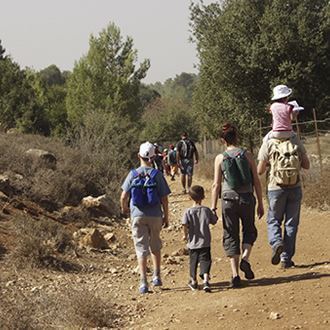
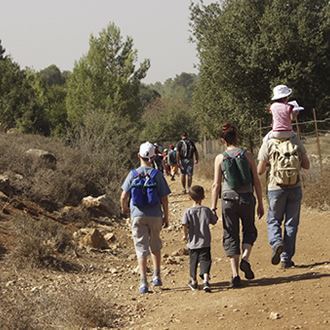
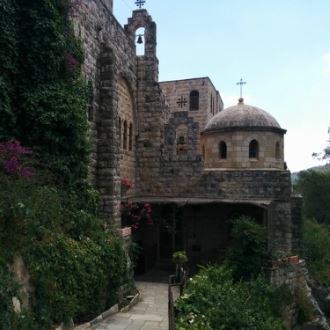
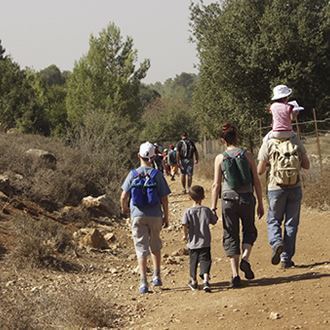
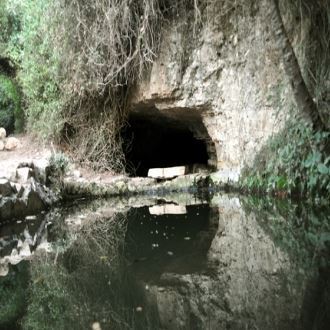
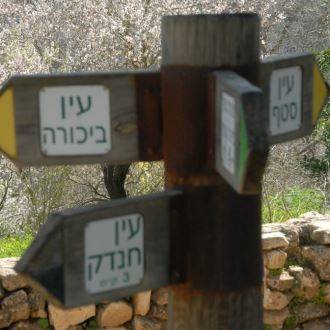
附近的景点
附近的餐馆

